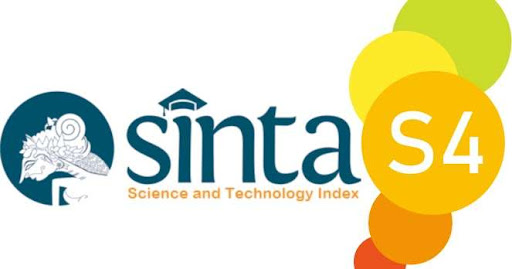Penerjemahan Rambu Lalu Lintas Bilingual di Bali: Antara Makna dan Konteks
DOI:
https://doi.org/10.36733/sphota.v17i2.11770Keywords:
translation, traffic signs, bilingual, meaning mismatch, contextAbstract
This study aims to analyze the discrepancy between meaning and context in the translation of bilingual (Indonesian-English) traffic signs in Bali. This phenomenon is interesting to study, considering that Bali, as an international tourist destination, demands that foreign tourists understand public information. This study uses a qualitative descriptive approach with a case study method. Data were collected through documentation and observation of signs found in tourism areas. The analysis was conducted based on the translation principles according to Vinay and Darbelnet's theory. The results show that there are discrepancies in meaning due to the application of literal translation techniques and a lack of understanding of the cultural and functional context of the signs. In addition, it was found that some translations contain ambiguities, grammatical errors, and the translators did not consider the target audience. These findings indicate a low competence in selecting appropriate translation techniques, which impacts the quality of public sign translations in Bali as a tourism area. Therefore, the study recommends technical translation training, the development of standard sign translation guidelines, intersectoral collaboration, and further research using other theoretical approaches. With these steps, it is hoped that the translation of bilingual traffic signs in Bali can be more accurate, communicative, and effective in conveying messages to local people and tourists.
References
Amenador, K. B., & Wang, Z. (2022). A Systematic Review of the Chinese-English Translation of Public Signs. SAGE Open, 12(2). https://doi.org/10.1177/21582440221094611
Ariani, N. M., & Artawa, K. (2022). The Application of Translation Procedures in Translating Five Public Signs in Ubud. Journal of Language Teaching and Research, 13(2), 425–434. https://doi.org/10.17507/jltr.1302.25
Estetika, M., & Gusthini, M. (2024). Analysis of Translation Techniques on Public Signs in Jabodebek Light Rail Transit (LRT) JISHUM : Jurnal Ilmu Sosial Dan Humaniora, 2(4), 381–396. https://doi.org/10.57248/jishum.v2i4.390
He, X. (2019). The study of Chinese-English public signs translation. Theory and Practice in Language Studies, 9(3), 286–291. https://doi.org/10.17507/tpls.0903.05
Minhui, X. (2014). The Theory and Practice of Thick Translation. In Translation Quarterly (Issue 73, pp. 58–72). http://proxy.libraries.smu.edu/login?url=http://search.ebscohost.com/login.aspx?direct=true&db=cms&AN=97196979&site=ehost-live&scope=site
Putri, I. A. K. (2023). Identifikasi Persebaran Daya Tarik Wisata Di Kawasan Pariwisata Ubud Kabupaten Gianyar Bali. Journal of Tourism and Interdisciplinary Studies, 3(1), 54–74.
Sayogie, F. (2014). Teori dan Praktik Penerjemahan: Inggris-Indonesia. https://repository.uinjkt.ac.id/dspace/handle/123456789/69838
Susini, M., Sujaya, N., & Ana, I. W. (2021). Translation alternatives of Indonesian public signs. Theory and Practice in Language Studies, 11(9), 1034–1040. https://doi.org/10.17507/tpls.1109.08
Wang, X., & Zhou, L. (2023). Discussion on the Translation Strategies of Public Signs (Lecture notes on language and literature), 8-13. Canada: Clausius Scientific Press. https://doi.org/10.23977/langl.2023.060502













